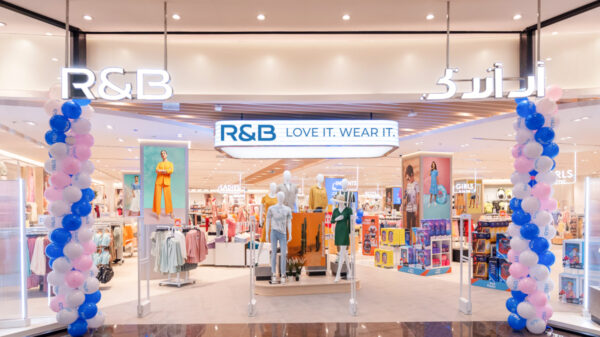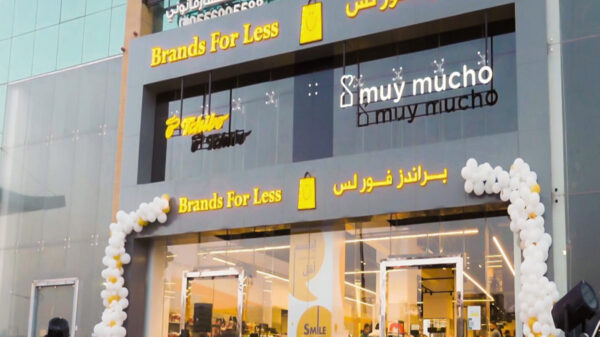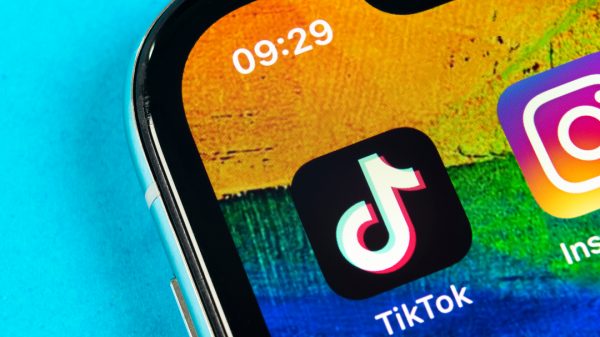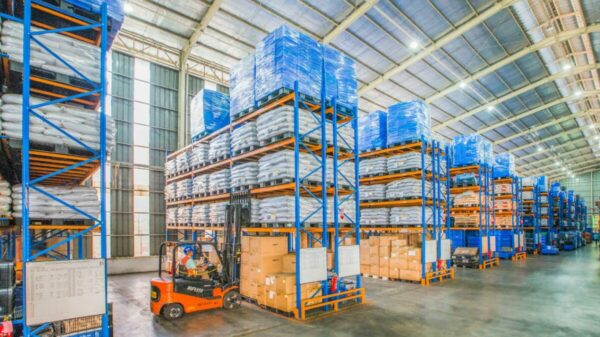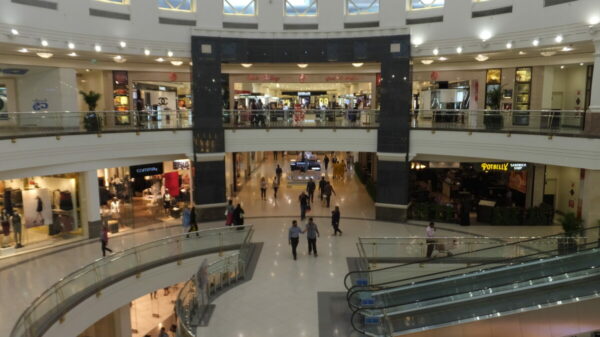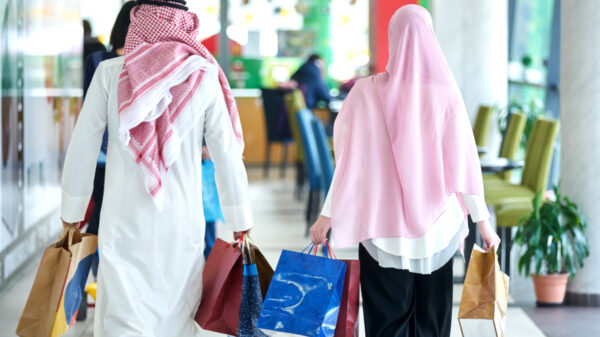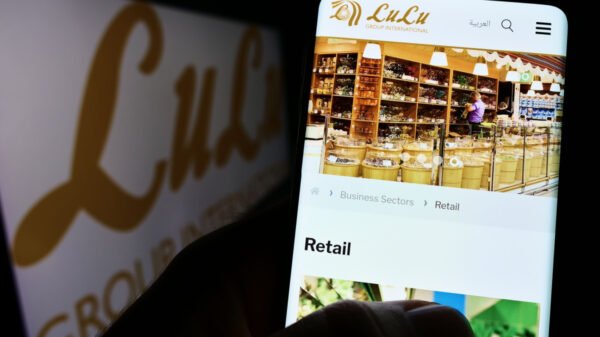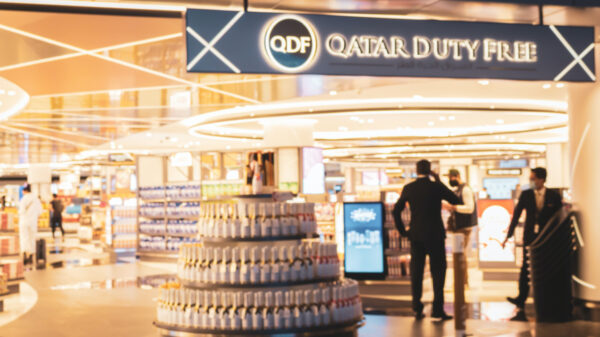The Middle East’s luxury goods market has recovered from the slump caused by the Covid-19 pandemic, with its value last year surpassing that in 2019 prior to the pandemic, according to the Chalhoub Group’s GCC Personal Luxury in 2021: A Story of Early Recovery and Growth report.
The report valued last year’s market at $9.7 billion, a 23 per cent increase from its $7.9 billion value in 2019 and a 42.6 per cent increase from its $6.8 billion value in 2020.
Written in collaboration with the Saudi Arabian Ministry of Culture’s Fashion Commission, the report was released on March 22 at the Retail Leaders Circle held in the kingdom, during a panel with Jasmine Banda, chief strategy officer at Chalhoub Group, Kristina Likhovid, the group’s head of intelligence, Burak Cakmak, CEO of the Fashion Commission, and Ammar Bogari, the Fashion Commission’s general manager of strategy and development.
The report found high-end fashion rose 39 per cent from 2019 to last year, with absolute luxury items at its forefront.
Prestige beauty was valued at $1.58 billion, a six per cent increase from 2019, with make-up being the only category that did not recover from its market performance during the pandemic.
The watches and jewellery market, valued at $3.9 billion last year, rose 16 per cent from 2019 after its 19 per cent decline in 2020.
This market performance was partially thanks to regional consumers welcoming experimentation and widening their demand, and collaborations between global brands and regional figures enticing more shoppers, according to Patrick Chalhoub, group president of the Chalhoub Group.
“Today’s GCC luxury customers are young, digital natives and hyper informed. They are in search of meaningful brands and personalised experiences, and like experimentation, newness and uniqueness,” he said.
“To resonate with local consumers, international brands are creating capsule collections, exclusives and GCC-first launches with localisation in mind.
“We are seeing the rise of local creative talents and passionate designers from the region with disruptive and innovative ideas.”
Last year’s travel restrictions and brands widening their product ranges drove consumers to shop locally, with 60 per cent of luxury goods shopping done in the region and 40 per cent abroad.
The rise of e-commerce in the region also contributed to market performance.
Online shopping for prestige beauty occupied an 11 per cent market share with Sephora and Namshi among the most used sites.
High-end fashion e-commerce represented 15 per cent of the region’s market with Farfetch and Ounass being most popular among consumers.
The report estimates the continuous growth of e-commerce in the region will contribute to the luxury goods market’s performance next year.
“We forecast a seven per cent increase in the fashion and retail industry in the next two years, driven by the rise of e-commerce,” said Lynn Al Khatib, group head of communication at Chalhoub Group.
The luxury goods market is estimated to reach $11 billion by the end of next year, at a compound annual growth rate of seven per cent.
Increased local consumer spending in the kingdom, new luxury goods consumers seeking to shop locally and wellness and skincare being an emerging category are predicted to contribute to the market’s growth, according to the report.

